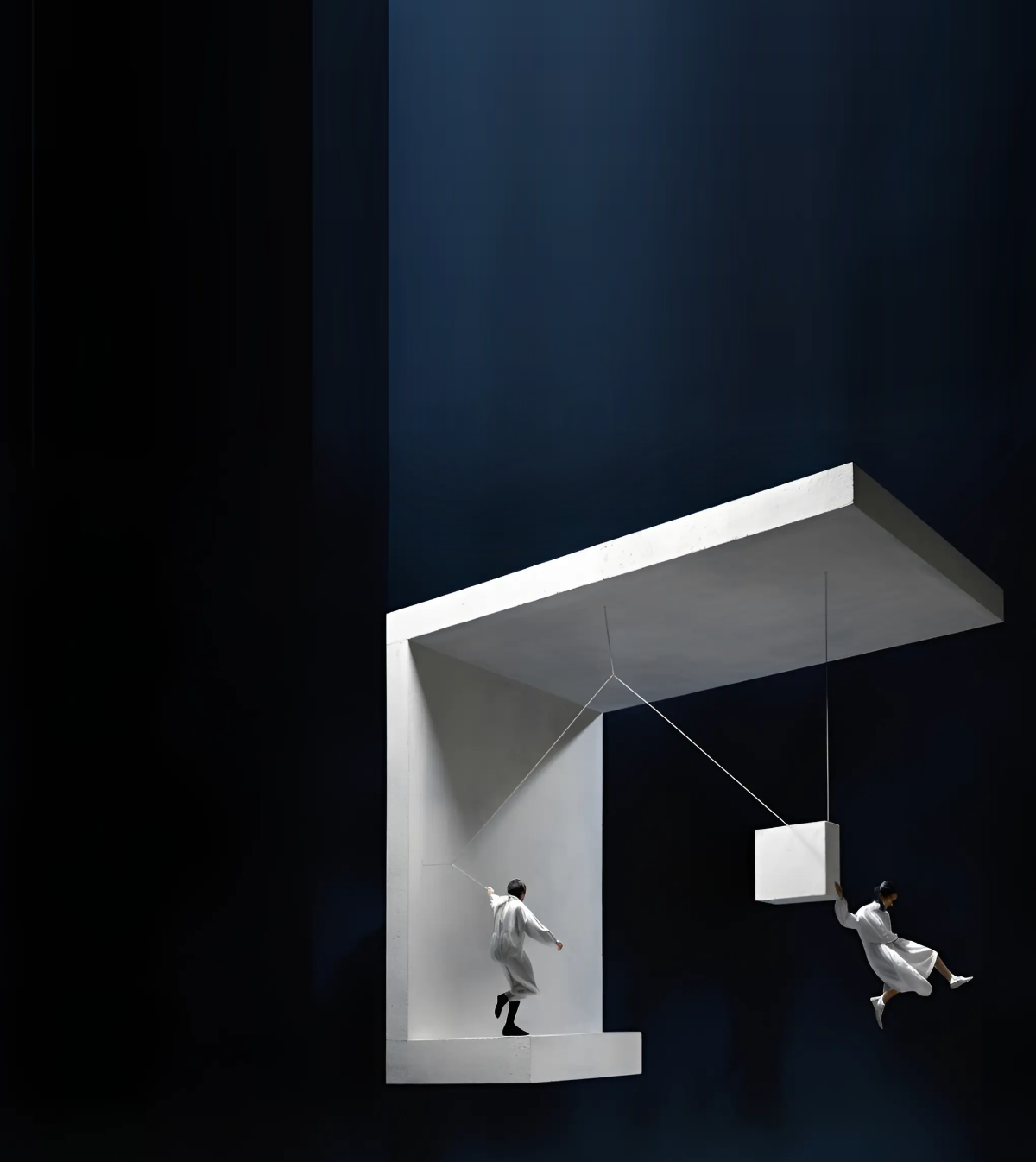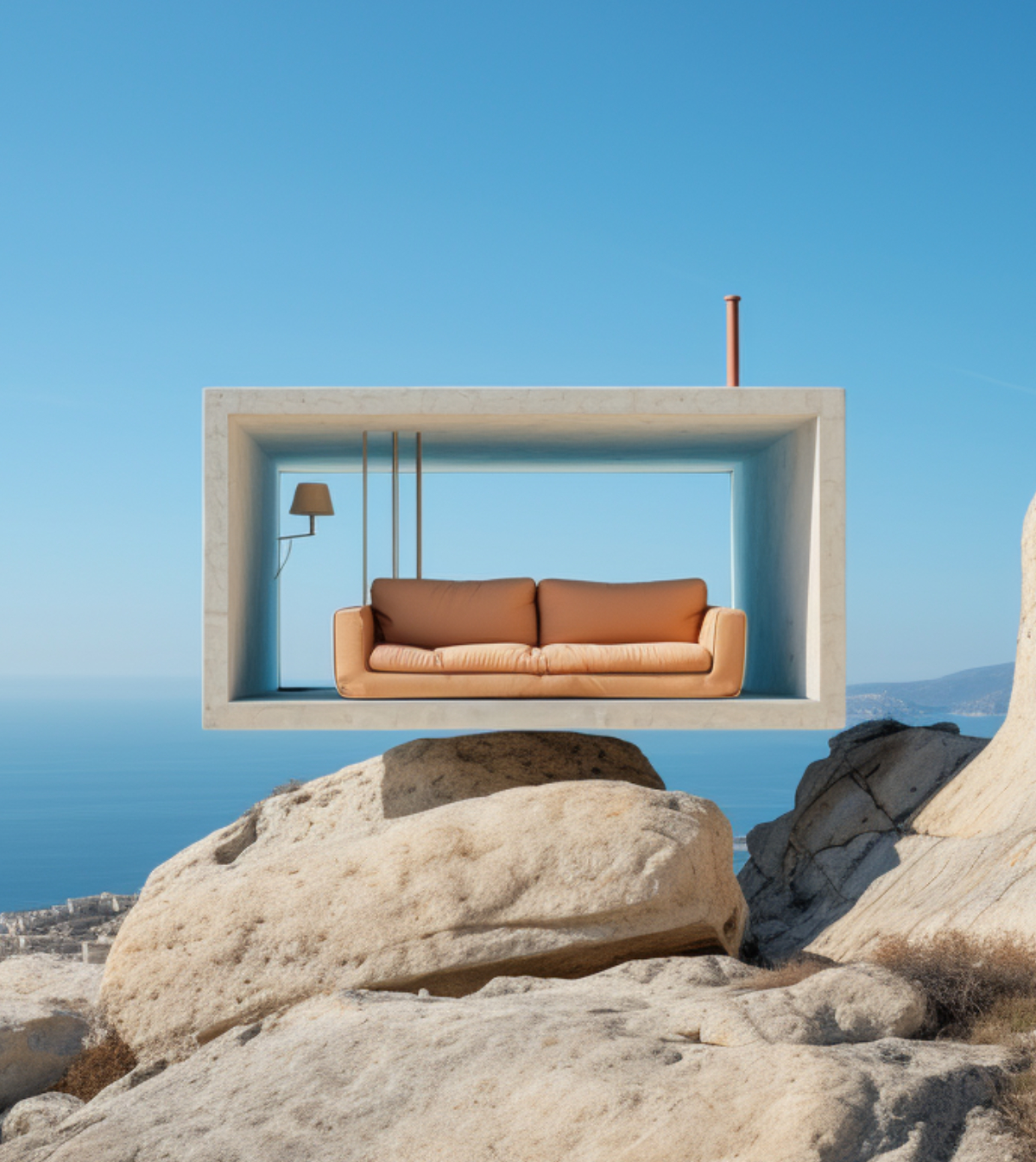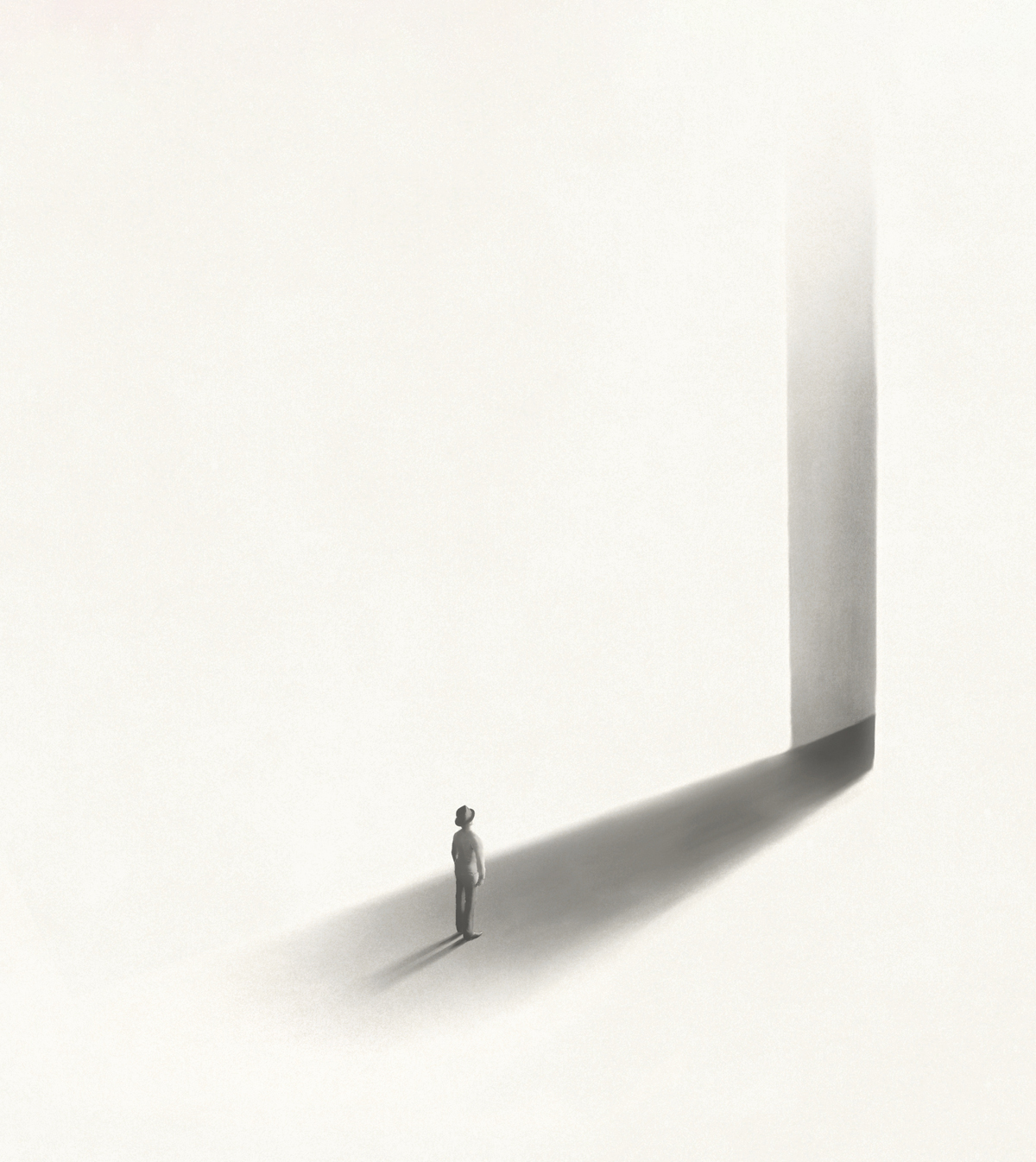Timber was THE building material of choice throughout most of Europe during the 17th and 18th century, with its origins as a construction material dating back even further. It was at the time seen as a commonplace material, chosen for it’s sustainability and availability across the continent, and is now seen as something of a luxury since few of the original buildings remaining standing to this day.
Timber framed buildings were easy to put up and also easy to take down, and it was this process of removing and rebuilding that led to the scarcity of long-lasting timber structures, not the misconception that timber is a short lived material. For hundreds of years, indigenous timber species provided the main source of structural building material, with complex systems developed to create a replenishable supply as far back as 1200 AD. This was the time when prefabricated buildings became popular, making up the majority of structures throughout cities, towns, and villages.
Latvia’s vernacular architecture
Given the dense woodland nature of the country, it’s no surprise that much of Latvia’s traditional architecture centres around timber. For centuries, Latvian villages would construct their homes and farms with their own hands, utilising materials from the forests such as timber and thatch. The structures were fairly simple, providing families with cramped quarters while still creating some unique architectural details, such as the iconic forms of the gabled roofs.
 Large vernacular home with iconic roof in Riga Skansen. Image source ©Augustinas Žemaitis.
Large vernacular home with iconic roof in Riga Skansen. Image source ©Augustinas Žemaitis.
Much of the Latvian vernacula was replaced from as far back as the 13th century, when the country was invaded and conquered by German knights. Therefore many of the larger, more intricate structural designs that remains standing today will be in the German architectural styles, such as village churches or larger buildings.
Most of the vernacular buildings that survived fires and demolition have since been relocated to folk museums, the largest on being near the capital city Riga. Though few of the original vernacular structures survived, they did heavily influence further architecture styles such as the Art Nouveau architecture of the Latvian national awakening era in the 19th century.
Wooden architecture in Latvia
During the wars and periods of unrest, wooden buildings were torched to help protect the city from invaders, and it was only after a lengthy period of peace in the 18th century that grandiose wooden buildings and manor houses gradually returned to the region. Unlike other European capital cities, wooden architecture in the Latvian capital Riga continued to develop right up until the beginning of World War II. At that time there were approximately 12,000 wooden buildings in RIga, 4,000 of which survived to modern day, with some dating back as far as the 18th century.
So even though the traditional building structures of Latvia are no longer as popular, it is still very prominent, with key locations heavily influenced by this particular architectural style.
The Riga Lutheran Church of Jesus
 The Riga Lutheran Church of Jesus is one of the tallest wooden buildings in Latvia. Image source
The Riga Lutheran Church of Jesus is one of the tallest wooden buildings in Latvia. Image source
One of the largest wooden buildings in the entire country, the Riga Lutheran Church of Jesus has a tower that stretches 37 metres high. Like many of the suburban parish churches in Riga, it has been destroyed and rebuilt several times as a result of war and invasion. Originally constructed in the 17th century, the present building was completed in 1822, and is the largest wooden classical building in Latvia.
Jurmala
 Decorated window frames, facades and roofs are characteristic of this style of architecture. Image source
Decorated window frames, facades and roofs are characteristic of this style of architecture. Image source
The historic part of the resort city of Jurmala was constructed towards of the 19th century and the beginning of the 20th century. Consisting of wooden buildings, the area ornate and imaginative carvings on many of its structures. Decorated window frames, facades and roofs are characteristic of this style of architecture.
Ungurmuiza Manor
 The newly renovated Ungurmuiza Manor is the only wooden baroque building in Latvia. Image source
The newly renovated Ungurmuiza Manor is the only wooden baroque building in Latvia. Image source
The newly renovated Ungurmuiza Manor is the only wooden baroque building in Latvia. Originally constructed in the 18th century, the manor now acts as a museum and guesthouse, playing host every year to an opera music festival featuring Latvian national Opera stars.
Araisi archaeological museum park
 Araisi archeological museum park recreates 9th century European settlements. Image source
Araisi archeological museum park recreates 9th century European settlements. Image source
Araisi archaeological museum park is located on a lake island and is Europe’s only reconstructed fortified settlement, dating all the way back to the 9th - 10th century. Part of the well-preserved cultural and historical scenery, the museum park is a stark contrast to the urban environment of today.
Kalnciema Quarter in Agenskalns
The outdoor venue hosts concerts all year round, and is also known its Bohemian style arts and crafts fairs. The Kalnciema Quarter also hosts popular fairs for local craftsmen and farmers to sell their products as well as hosting contemporary art exhibitions.
The Amber Road Trekking Cabins
Buildner, in collaboration with the Latvia Nature Conservation Agency, is searching for designs for the Amber Road Trekking Cabins architecture competition that draw on this rich architectural heritage. Participants are tasked with creating designs for a series of cabins to be situated along a proposed hiking trail that runs parallel to the white sandy beaches that are often strewn with small pieces of amber that inspired its name.
Winning designs will be considered for construction by the Latvia Nature Conservation Agency as a way to help boost Latvia's trekking tourism. As such they need to be in keeping with the country’s traditions and culture, while at the same time with the potential to become iconic landmarks in their own right.
Top 3 Reasons Why You Should Enter Architecture Competitions
Curious about the value of architecture competitions? Discover the transformative power they can have on your career - from igniting creativity and turning designs into reality, to gaining international recognition.
Learn more


























